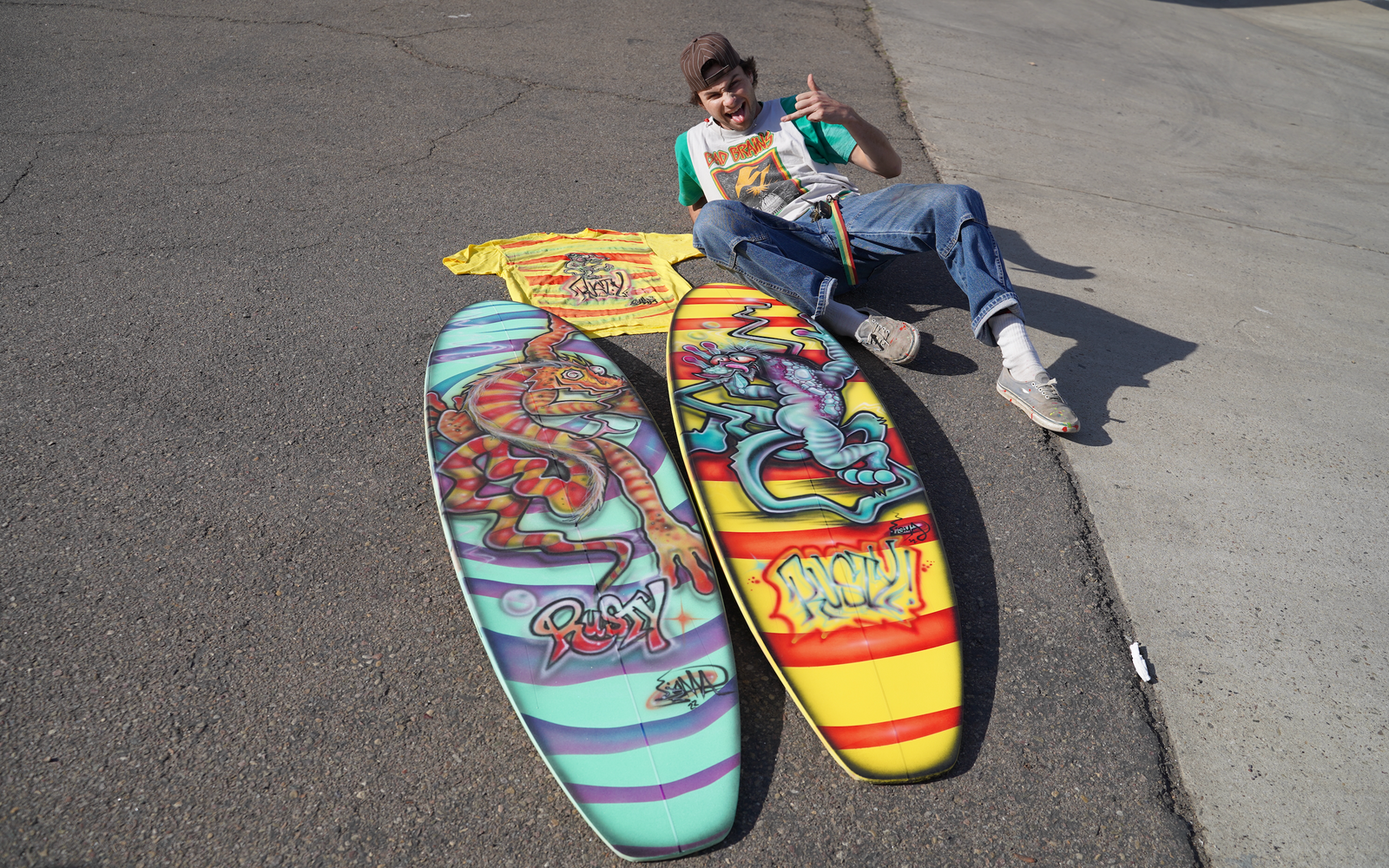
Right now the big buzz is: Volume.
How important is it?
If you are a competitive surfer you probably couldn’t tell the difference in a half of a liter. That’s a half of a beer or a modest morning piss. A liter…yes. And that is on a short, low volume board. That’s for a top level pro.
If you are not a top level competitive surfer, I would suggest being a little more flexible. For short boards the multiple of your weight in liters is between 33% and 35%. As the weight of the surfer goes up and the rider is reasonably fit the multiple creeps up. And as he/she gets older the multiple increases significantly.
THE EQUATION
The equation for performance shortboards is fairly simple.
Take your weight in pounds example; 160
Convert to kilos; divide by 2.2 equals 72.73
Multiply by .35
Equals 25.45 liters
The multiple comes from thousands of shortboards for average to advanced surfers.
As the ability level decreases, the multiple increases.
With age, the multiple increases.
I get quite a few surfers that obsess on .2 to .4 of a liter. They read it on the internet. Forget it. You won’t feel it. The charts and tables are guidelines, not gospel. The shaper has to find a balance between the two. You need to choose between volume and thickness; which number do you want your shaper to focus on. Once again, TRUST YOUR SHAPER.
There are other things to also consider such as deck contour…flat, light crown, or very domed deck, width, rocker, bottom contours, and thickness flow, fin position, fin templates, fin construction, glassing schedule, type of cloth used, and weight.
People used to care a little more about weight. 6 lbs? 6.5lbs? That’s a 10% difference. 3 liters on an average short board? That affects your relative volume. Half a liter? That is less than 2%. Get real. Your body weight fluctuates twice as much, percentage wise, throughout the day. Let the shaper worry about it.
It’s cool if you have comments on any of those. Ultimately subtle changes in these other design aspects will have a far greater impact than .2 of a liter.
Does the computer program calculate the volume on the cut blank? Or the finished blank? It's the cut blank. When the blank gets finished it looses .3? .4? .5 liters? The true volume of a cut blank can only be determined by a volume tank: submerge the blank in water and measure the displacement. When the shaper finishes the blank, if affects the volume.
"Trust your shaper's judgement."Sometimes I can hit both the volume and thickness. But more often than not you have to let me know which way to lean. Target is either volume or target is Liters.





